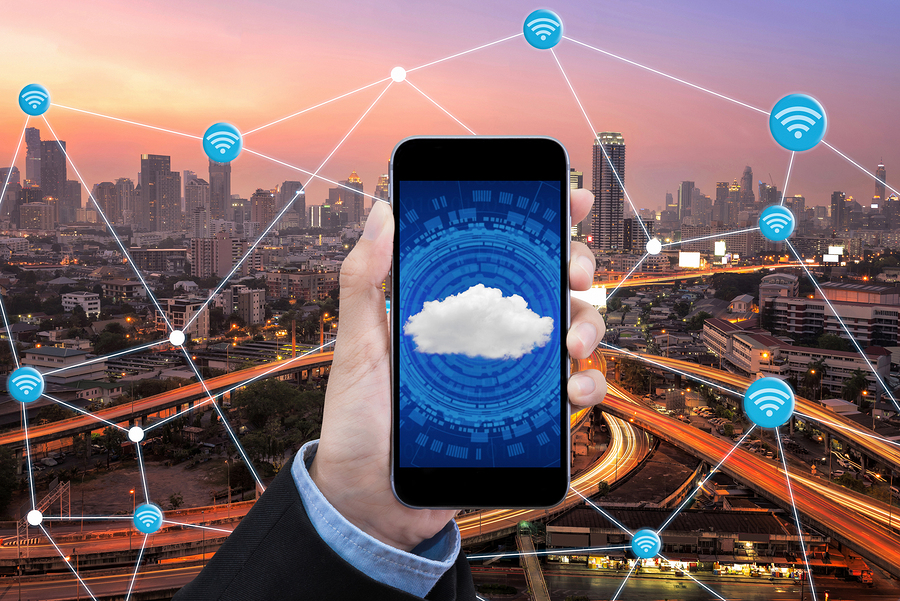People looking for a good internet connection today will generally have three options: DSL, cable, and fiber. These three systems use different methods of moving information around, and recently all three have at least claimed to support a gigabit internet connection. Assuming that’s true in your area, it brings up an important question: when the speed is the same for all three, which connection type is best? DSL, cable, and fiber connections each have some unique characteristics that set them apart.
DSL
DSL, or digital subscriber line, is the modern version of the old dial-up connections of the 1990s. A DSL connection uses your phone lines the same as dial-up internet, but the new system can deliver broadband speeds and stay open even when you make calls with your home phone. Most DSL connections are slower than cable lines, but you get a dedicated connection and some DSL providers are promising upgrades to gigabit internet speeds. However, DSL has one major drawback: the farther you are from your provider, the slower your connection becomes.
Cable
Cable connections have been the standard for speed for a long time thanks to how they’re consistently faster than the dial-up and DSL speeds of the day. In fact, it’s not hard to find a cable connection today that can handle 100 megabit speeds. However, the main issue with cable internet is the fact that you have to share that speed with your neighbors. This means that when everyone uses their home internet in the evenings, everyone has to deal with slower speeds and buffering videos.
Fiber
Fiber-optic cables use the speed of light to transfer information rather than the speed of electricity. The difference between these speeds is how fiber connections can offer gigabit internet right out of the gate and do so with dedicated connections for every subscriber. The other two connection types are pushing themselves to reach gigabit speeds, but fiber internet has the potential to go several times faster within just a few years. Fiber’s biggest problem is that it needs its own infrastructure, and while that infrastructure is quickly growing it’s still relatively hard to find and relatively expensive.
Still, as time goes on more ISPs will lay more cables and prices will drop, so fiber’s downsides won’t be downsides forever. So if you have an available fiber internet connection where you live, you should consider switching over to see what it’s like. Between the gigabit internet speed, the dedicated connection, and the symmetrical upload and download speeds, there’s plenty to like.

